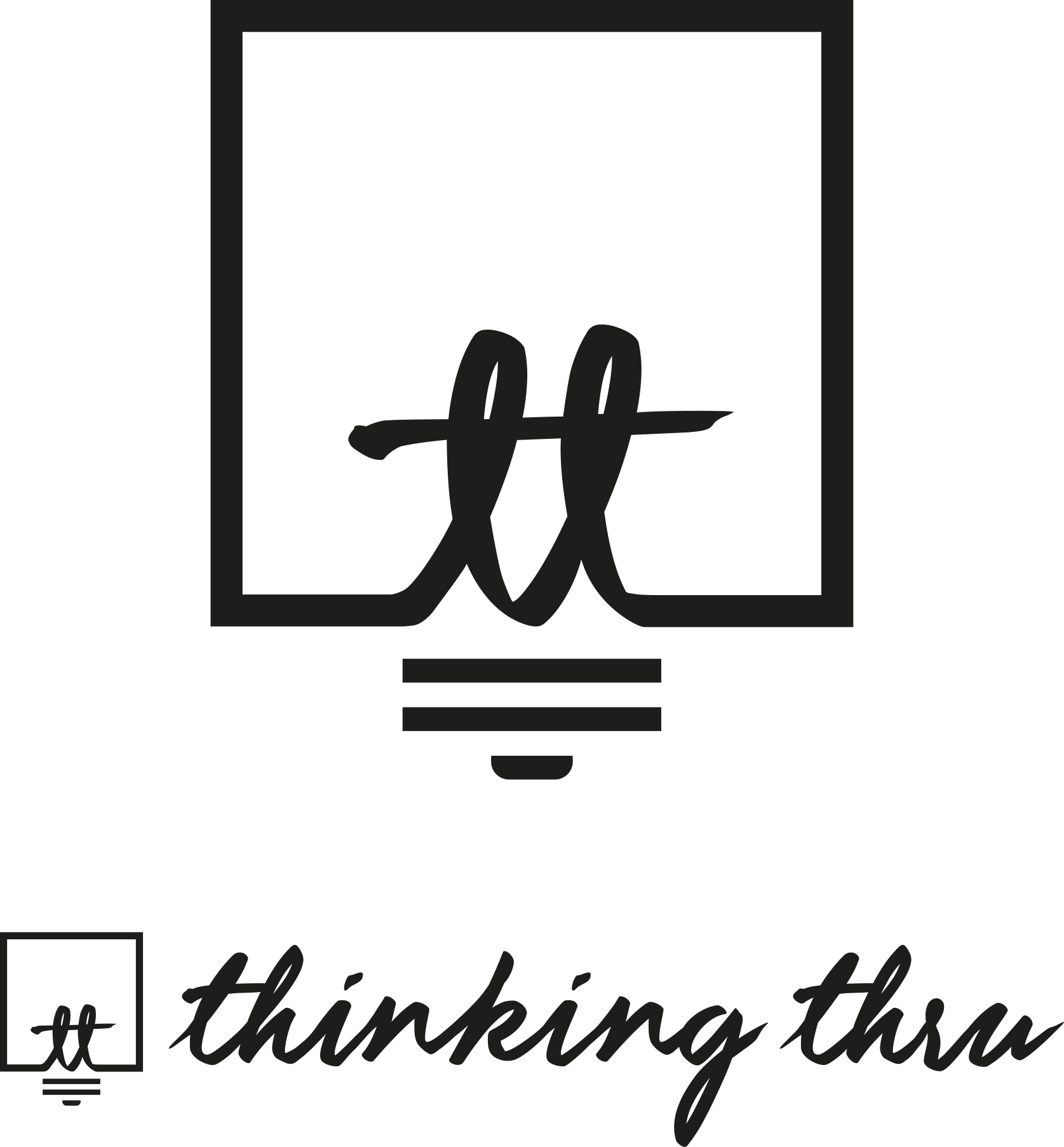Learning to think upside down – a guide to the art of effective prospecting
Right now, I'm going over prospecting with five clients. In fact, it's one of the concepts that I get asked the most about, and for good reason. Once you have an effective prospecting structure in place, that's when your business starts making money.
Moreover, it's not a one and done process. In fact, it's important to constantly revisit your prospecting (I always tell my clients to do it about once a year) to keep your business healthy.
If, instead, you choose to ignore the process, that's when you go from being a successful entrepreneur to being a hectic, frazzled 'small-business owner'. Suddenly, you're doing work you hate, with clients who don't care.
To keep you out of that trap, I've decided to do a summary article that will give a quick 20,000 feet view of prospecting, allowing new business owners the chance to see how the process works without getting lost in the details. Then, anyone who's interested in reading more (and everyone who doesn't have their prospecting absolutely dialled should be) can check my consulting blog for more, in-depth articles.
Before you start defining your prospecting process do this
It can be tempting to try to hit the ground running – get that first client or ten, then you can rewind and fill in the gaps. While sometimes that's just a reality of life, if you can afford the luxury of taking your time, it's better to do the right thing at the right time. That means before you start nailing down your prospecting, you go through the process of defining your vision and mission statements.
Your vision and mission statements define where you want to go, and where your strengths can take you. Without them, you'll end up being guided not by your skills and desires, but the desires of everyone around you. You know that's happening when you feel like you're in a tornado of work that you hate, working with clients who don't care about you, or the work you do.
So first, get that vision and mission nailed down.
The 5 Steps to creating an effective prospecting structure for the first time
Turn on the lights
Every time we start something new, it begins in a place of ignorance. When we work from a place of ignorance, we not only make bad decisions but often we make decisions without knowing it. Essentially we're blasting through intersections without even knowing they're there because we can't see them. That's a terrible place to be.
So the first step to good, effective prospecting is getting rid of the darkness of ignorance by turning on your headlights. For prospecting, this means you have to find out who your ideal client is. Once you know that, you begin to realise where each client you onboard is taking you. That puts the ball in your court with each new client. Is this person going to get me where I want to go, or are they going to take me on a wild goose chase through the countryside?
Ignorance may be bliss, but knowledge is power.
Flip your thinking
Unless you're starting a not-for-profit, one of the most important parts of your business is making money. now the math of money is easy: 1+1=2. Going by that logic, you'll be tempted to open your arms wide to every client that comes your way because more is better. But that's just not true with prospecting
In fact, an unguided search for any client that will give you money is usually the first step to failure. I'll illustrate this quickly in a fishing metaphor before moving on. You're going fishing and have to choose between two lakes. One lake has a million fish in it of all different kinds, while the other has only 100,000 of all the same type. But, you only have room to take one lure. You can try to make a lure that appeals to a million fish, or you can choose to make a lure that effectively appeals only to one fish. Which lake do you choose? Ask an amateur entrepreneur and they'll often answer the one with more fish. Whether that works in fishing or not, I honestly don't know, but in business, you'll end up with an ineffective lure that won't catch you a single fish.
The key is not how big your market is, it's how effectively you can market to them, and that takes specificity.
Slow Down
No entrepreneur wants to slow down. Often, as entrepreneurs, we're hardwired to go as fast as humanly possible towards our goal. That's how you get things done. However, until you really know and understand your clients and their pains, you can't move anywhere because you don't really know where to go. Instead of rushing off to throw everything at the wall and see what sticks, act like a friend to your future clients and take the time to listen. Find out exactly what their problem is, and how that makes them feel. By making sure you have a deep understanding of how your client is feeling, you make it easier to talk to your ideal client and start a relationship with them. And that relationship, that's what's going to sell.
Look at what you offer
Entrepreneurs fail all the time because they think they are selling a product or service, but they're not. To new entrepreneurs, this often seems counter-intuitive, but it is one of the most important parts of prospecting.
A mechanic starting his own shop will often tell you they're the best mechanics in town because they can change your brakes faster and better than anyone else (or rotate your tire, etc.). But, no consumer is out there looking for a really good brake change (or tire rotation). Now, if instead of focussing on the service, that mechanic tells prospective clients that they can take the stress away from car maintenance, then people start to perk up. After all, who hasn't had a brake squealing for months and known they need to get it checked, but avoided it because they don't have the time. If you can get that person's brake fixed without disrupting that person's day, you have something you can sell, and that's the heart of prospecting.
Nailing the communication
Now that you know your client and what they want from you, all you need to do is set out a script that ties your product or service to your ideal client's pain points, and tell them how you will alleviate their pain. That will have a real impact on your ideal client and will draw them like bees to honey. That client will feel like you understand their problem and you will communicate how you've helped others deal with that exact pain. When you've shown that, they will hire you.
Prospecting isn't cold calling – it's a way of thinking
Now you are prepared, focused, clear and consistent with your prospecting. Because you now know how to find and present to your ideal client, the rest becomes easy. Practice this one million times, two million times, and you will find you're prospecting even when you're not thinking about it. It will become second nature to you, and your business will thrive because of it. All you need to do now is hit the pavement, the internet, or the phone and clearly communicate what you offer in a way that will attract people, and stick in their brain.

